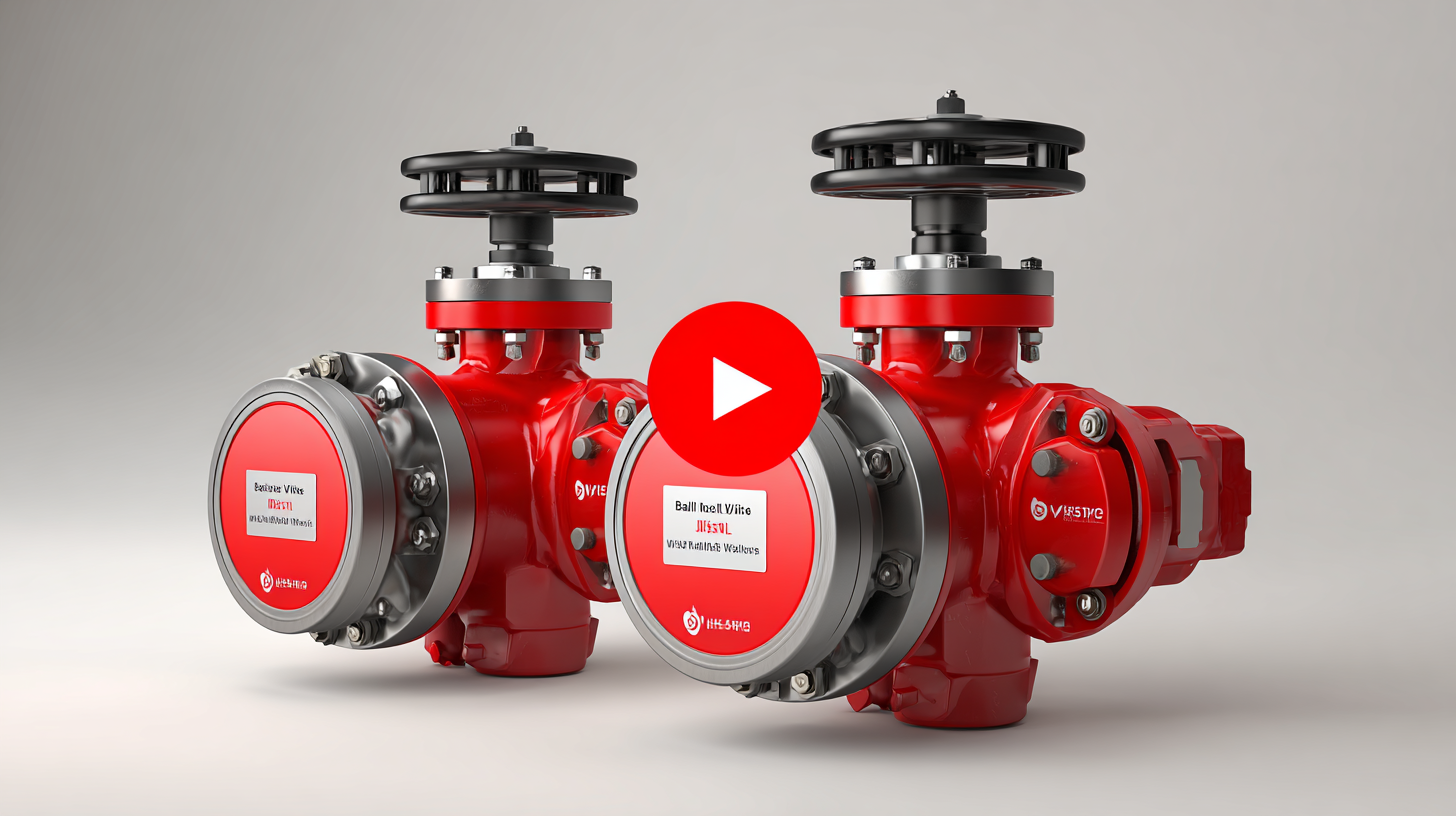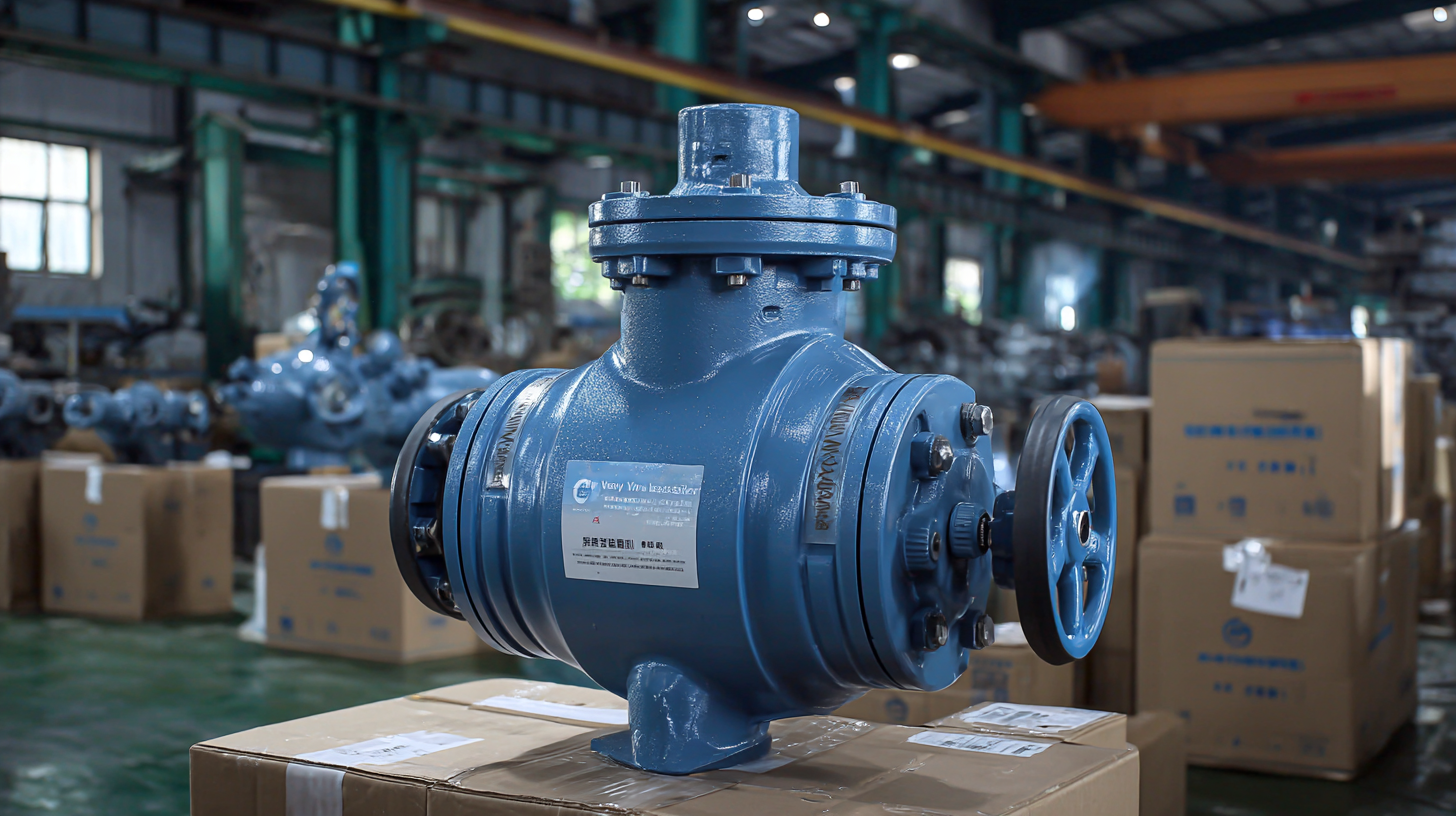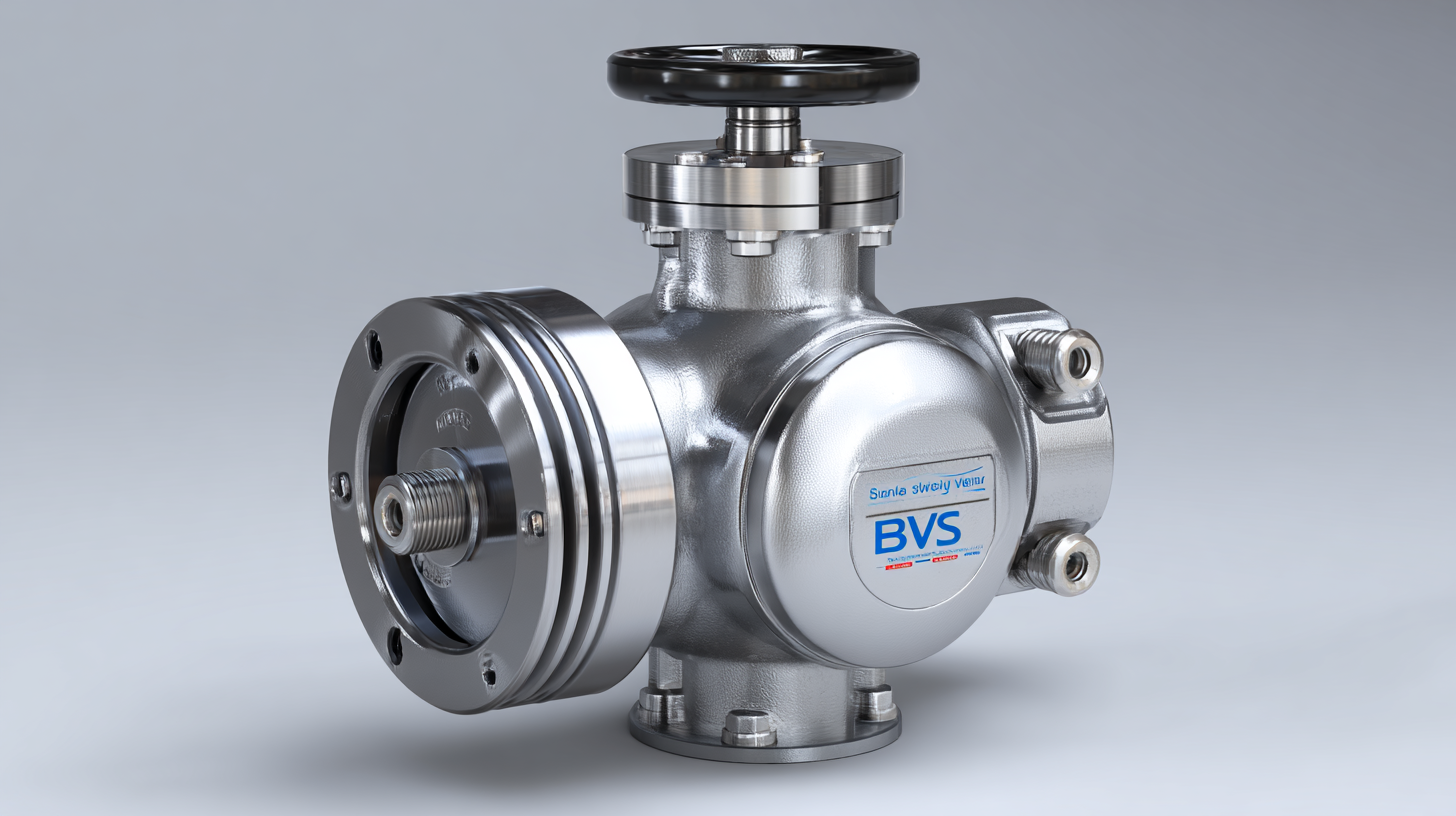
-
Home
-
Products
-
About Us
-
Application Cases
-
CLIENT & FACTORY
-
Test
-
News
-
Contact Us
Leave Your Message

In the realm of industrial applications, the significance of selecting the right components for fluid control cannot be overstated. Among these essential components, the Ball Valve Wafer Type stands out due to its efficiency and space-saving design. Understanding the industry production standards for this specific valve type is crucial for engineers and procurement professionals alike. These standards govern various attributes, including material quality, pressure ratings, and operational performance, ensuring that the Ball Valve Wafer Type meets the rigorous demands of different environments. As industries continue to evolve, staying informed about these standards not only enhances safety and reliability but also optimizes system performance. This blog aims to delve into the intricate details surrounding the Ball Valve Wafer Type, exploring the current standards and best practices that can facilitate informed decision-making in valve selection and application.

When selecting high-quality wafer type ball valves, it’s essential to understand the key features that distinguish superior products. One of the primary attributes to consider is the material composition. Valves constructed from durable materials such as stainless steel or brass offer enhanced resistance to corrosion and wear, ensuring a longer lifespan even in demanding environments. Additionally, the sealing mechanism plays a crucial role; look for valves with robust sealing performance to prevent leaks and maintain pressure integrity.
Another significant aspect to examine is the size and design of the valve. Wafer type ball valves should ideally minimize space requirements while ensuring optimal flow characteristics. The design should facilitate easy installation and maintenance, with clear markings and accessible components. Additionally, consider the valve’s pressure rating and temperature range, as these specifications dictate the valve's compatibility with various applications. By focusing on these key features, you can ensure that you make an informed decision when investing in wafer type ball valves that meet industry production standards.

In the realm of industrial applications, understanding the specifications for ball valve design and performance is crucial for ensuring operational efficiency and safety. According to the International Society of Automation (ISA), ball valves account for approximately 70% of the valve market due to their reliability and straightforward functionality. These specifications encompass factors such as pressure rating, temperature limits, and flow characteristics, which vary significantly across different industries. Adhering to established standards such as API 6D and ISO 17292 can enhance the performance and durability of wafer-type ball valves.
**Tip:** When selecting a ball valve, consider the “Cavitation Index” established by the American National Standards Institute (ANSI). A value below 1 indicates a higher risk of cavitation; therefore, it’s vital to choose valves suitable for your specific fluid dynamics and application pressures.
Additionally, the quality of materials utilized in manufacturing these valves plays a pivotal role in their performance. A study by the Flow Control Institute found that valves made from high-grade stainless steel offer superior corrosion resistance, which is essential in chemical processing environments. Ensuring that your chosen valve meets rigorous material standards like ASTM A351 can prevent premature failure and costly downtime.
**Tip:** Regularly reviewing your valve performance against industry specifications not only helps maintain efficacy but also ensures compliance with regulatory requirements, thereby safeguarding your operations.
In the realm of fluid control systems, wafer type ball valves play a crucial role due to their compact design and reliability. To ensure optimal performance, manufacturers must adhere to essential production standards that govern the design, materials, and testing processes. According to the American Society of Mechanical Engineers (ASME), adherence to standards such as ASME B16.34 and ASME B16.10 is crucial for maintaining the integrity and safety of these valves. These standards dictate critical aspects like pressure-temperature ratings, dimensions, and design criteria, ensuring that the valves can withstand operational stresses while minimizing the risk of failures.
Moreover, industry reports indicate that approximately 30% of valve-related failures can be traced back to manufacturing defects, underscoring the importance of stringent quality control measures. The API 598 standard sets forth guidelines for valve inspection and testing, which are vital for assessing the functional performance of wafer type ball valves. This includes hydrostatic testing and visual inspections that help verify the reliability of the product before it reaches end-users. By aligning manufacturing processes with established standards, companies not only enhance product quality but also contribute to greater operational efficiency and safety across various industries.
| Standard | Description | Material Specifications | Pressure Rating | Testing Requirements |
|---|---|---|---|---|
| API 608 | Standard for metal ball valves | Carbon Steel, Stainless Steel | Class 150 to Class 2500 | Hydrostatic and leakage tests |
| ASME B16.34 | Standard for valve design and construction | Various alloys, including bronze | Up to 6000 psi | Bubble tight test, Fire safe test |
| ISO 17292 | Standard for plastic valves | PVC, CPVC | Up to 16 bar | Stress cracking, Impact tests |
| EN 1983 | Standard for valve assemblies | Ductile Iron, Cast Iron | Class 10 to Class 40 | Performance test, Flow test |
When selecting ball valve manufacturers, evaluating their reputation and reliability is crucial for ensuring high-quality wafer type solutions. According to a report by MarketsandMarkets, the global ball valve market is projected to reach USD 7.9 billion by 2024, driven by the increasing demand for efficient fluid control mechanisms across various industries. This growth highlights the importance of choosing manufacturers that adhere to industry production standards and have a commendable track record.
A reliable manufacturer is often characterized by certifications such as ISO 9001 and API 607, which affirm their commitment to quality and safety in production processes. Additionally, customer testimonials and case studies can provide valuable insights into a manufacturer's performance in real-world applications. A study by ResearchAndMarkets indicates that 67% of procurement professionals prioritize vendor reputation when making purchasing decisions, further underscoring the critical role that trust and reliability play in the selection process. By focusing on these factors, businesses can ensure they invest in products that meet both industry standards and their operational needs.

Choosing the right supplier for ball valve solutions is critical for ensuring optimal performance and reliability in industrial applications. According to a report by Grand View Research, the global ball valve market size is expected to reach USD 19.55 billion by 2025, emphasizing the growing importance of quality suppliers. When considering a supplier, assess their experience in the industry, product certifications, and adherence to established production standards, such as those set by the American Society of Mechanical Engineers (ASME) and the International Organization for Standardization (ISO).
Tip: Always request references and case studies from potential suppliers. This provides insight into their track record and the effectiveness of their solutions in real-world applications. Additionally, ensure the supplier offers support and maintenance services, which are crucial for long-term efficiency.
Moreover, focus on evaluating the technological capabilities of the supplier. With advancements in smart valve technology, suppliers that embrace innovation can provide solutions that not only meet industry standards but also enhance operational efficiency. A study by ResearchAndMarkets indicated that integrating IoT technology in valve systems could reduce maintenance costs by 20-30%.
Tip: Visit the supplier's facility if possible, to understand their production processes and quality control measures. This firsthand observation can help confirm their claims regarding product quality and reliability.